Technologies
T-Mobile’s Autopay Change Complicates My Favorite Credit Card Perk
Commentary: Getting free phone insurance is a fabulous perk, but there are other options to keep it.
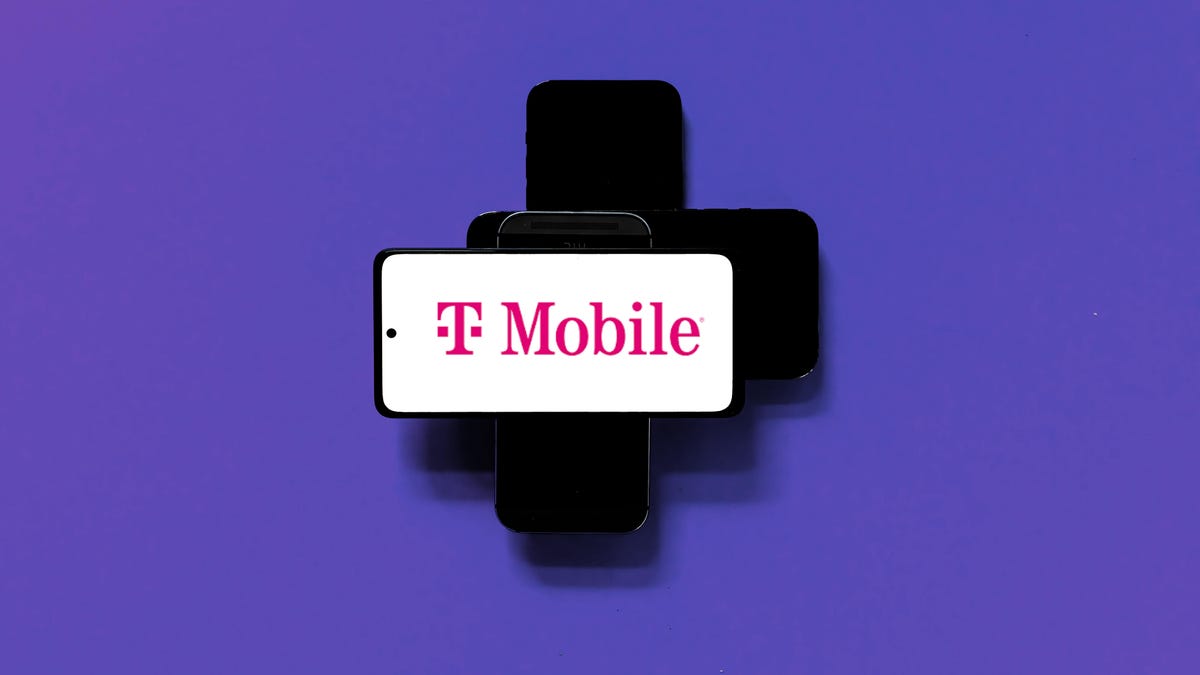
T-Mobile is the latest carrier to change how it gives out auto pay discounts: Starting in July, customers are required to pay their bills using either a linked bank account or a debit card in order to receive a $5 per line discount on their service.
However, if you already set up auto pay with a credit card, not complying with this policy change is effectively a price hike. And as a result, if you were paying for your phone bill using a credit card, you’ll now have to evaluate if the $5 per line cost is worth the convenience and perks that come with paying for your phone bill using that method. That’s not even including the need to use a debit card or give T-Mobile, which has a poor track record of data security, a bank account number.
For myself, I rely on having cellphone insurance provided by a World Elite Mastercard that I pay my family’s cell phone bill with. While I haven’t yet had to file a claim with it, the perk allowed me to skip paying for AppleCare or my carrier’s phone insurance entirely. The benefit lets customers get reimbursed for cellphone repairs, up to $1,000 per year ($800 per claim, with a max of two claims per year).
I’ve been hoping to at least use the options when replacing my iPhone 12 Pro Max’s battery after its capacity falls under 80% (an $89 cost), and it would be especially clutch if my phone ever required a major repair like a charging port failure (as expensive as $599).
I manage three lines on my T-Mobile account, and as a result, continuing to pay with my credit card will lead to a $15 monthly increase on my rate when using autopay. So I began crunching the numbers in order to figure out whether it would be worthwhile to absorb the price increase to keep the credit card benefit, to forgo the benefit entirely or to consider a third-party phone insurance option. I also discovered a workaround, which should keep the benefit intact with a little bit of planning.

Should I just join T-Mobile’s Protection 360?
When I began researching my options for maintaining a phone insurance option, I first wondered if I could join T-Mobile’s Protection 360. T-Mobile’s phone insurance plan allows for phone service through AppleCare — which otherwise isn’t joinable past 60 days of buying an iPhone. Covering my line would be about $18 per month — more than the $15 per month that covers my family plan — but I could receive these repairs without having to file for reimbursement.
Regardless, T-Mobile’s Protection 360 isn’t an option right now. Similar to health insurance, Protection 360 allows for enrollment either when you buy a new device or when a special enrollment period opens. I saw that there was an enrollment period open in June, but right now it’s closed, and T-Mobile doesn’t provide a cadence for how often it reopens.
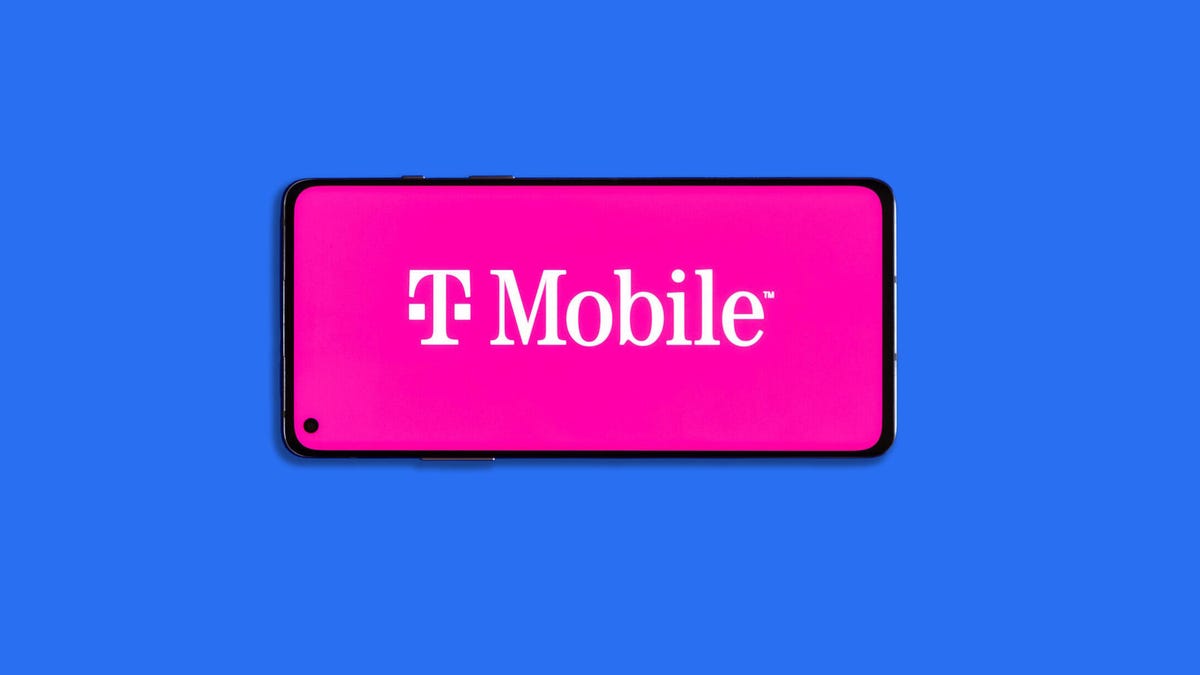
What if I paid the price increase?
While I don’t want to pay the extra $15 per month, it is a cost effective option if I insist on maintaining a level of phone insurance. As I covered in the Protection 360 section, paying $15 for three lines is less than paying $18 for a single line under T-Mobile’s option when it’s available. This would allow me to continue to be eligible for reimbursement after paying for a phone repair and help me avoid paying a high price should there be a catastrophic damage incident.
However, I think there’s simply better ways to use that $15, especially when the main repair I inevitably see is an $89 battery repair. I could create a slush fund where I set aside that $15, and in six months that would build up to cover the $89 battery replacement that I foresee needing. I also just finished paying off my iPhone 12 Pro Max and could roll that amount into the fund. I currently plan on keeping my phone for two more years, and those savings could go toward my next phone purchase.
But this option has a big vulnerability: If my iPhone suffered a major malfunction, a repair could cost $599 or result in being forced to buy a new phone earlier than I’d prefer.
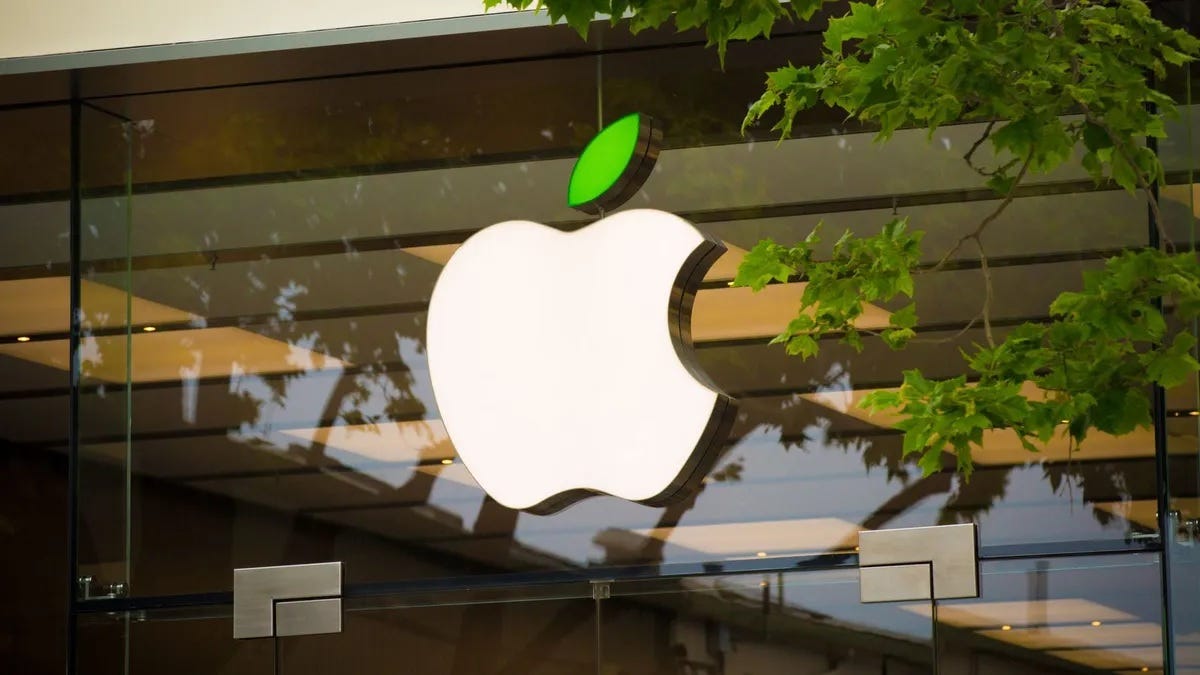
Could I go with a third-party insurance option?
There are other companies that offer insurance on phones or other electronics, without going through either the phone manufacturer or the phone carrier. One option that I looked into is SquareTrade, which is owned by insurance provider AllState. Through SquareTrade, I can get a plan for myself at $9 per month or a plan for the family (up to four lines) at $20 a month.
Like my credit card’s phone protection plan, SquareTrade offers reimbursement for repair costs at Apple’s Genius Bar along with options for in-person or mail-away phone repair. That’s appealing because it will essentially allow for AppleCare’s support for a repair, albeit by paying upfront for it.
However, SquareTrade’s deductible for all phone claims is rather high at $149. This is still a substantial discount from having to pay $599 for an equipment failure repair or $329 for a cracked screen replacement, but for a battery replacement I’d be better off paying Apple’s $89 repair cost.
On the other hand, SquareTrade’s phone insurance remains flexible since I don’t need to have recently purchased my device to have it. It’s an option I can leave on the back burner, and if it seems appealing (or if I can tell that my phone is on the precipice of breaking), I could perhaps purchase it at a more strategic time.
SquareTrade’s policy also doesn’t cover theft or loss, which are important possibilities to consider when choosing a phone insurance plan. My credit card benefit does cover that possibility, as does T-Mobile’s Protection 360.
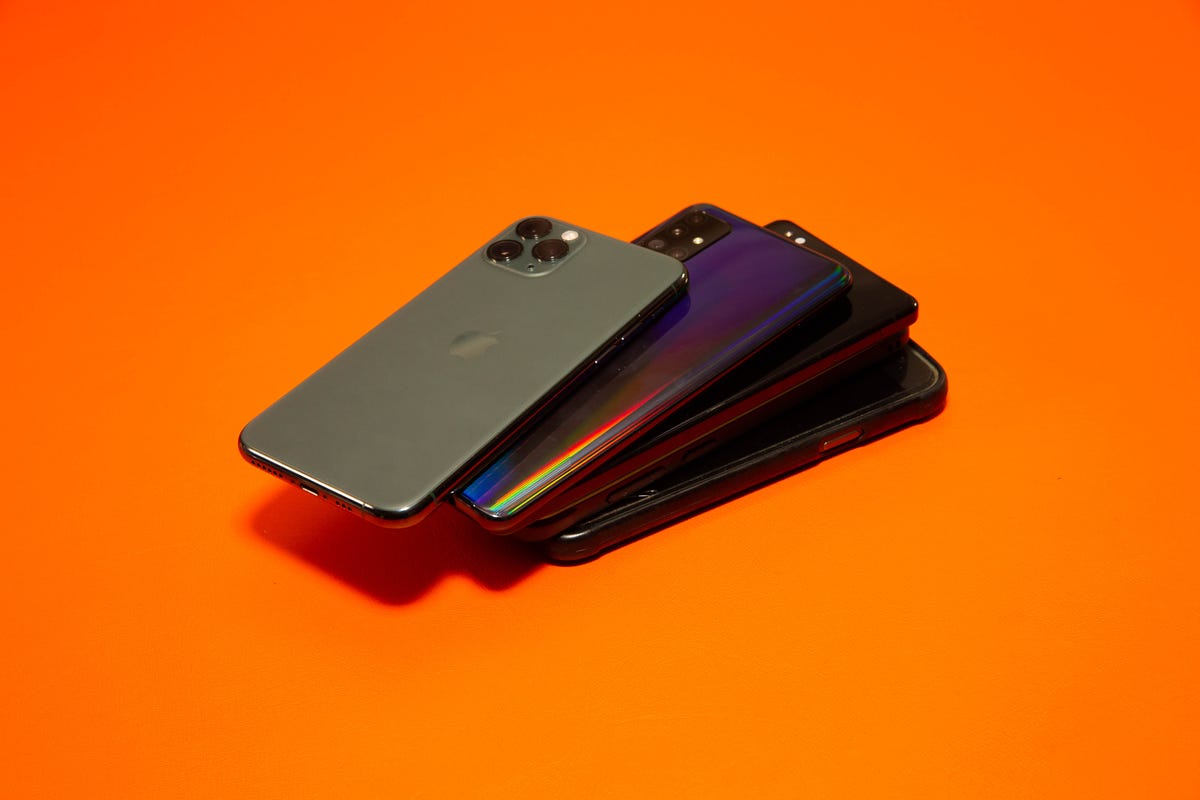
Why I’m waiting it out with a workaround
While I’m not thrilled about T-Mobile’s choice to eliminate auto pay discounts for paying with a credit card, I’d also rather not be rushed into choosing a new phone insurance option. For now, begrudgingly, I am linking my bank account to pay for my bill in the interest of controlling costs while I evaluate these options.
However, after I first published this story in July, I received several tweets from readers that offered a simple workaround that I verified with both my personal experience and confirmed with a T-Mobile representative. While I do now have my bank account linked to retain the autopay discount, I have not yet paid my bill using that account. Instead, I manually pay my bill using my credit card before the autopay date hits, and the discounts will remain on my bill. This is a small inconvenience since it will now require some conscious effort, but it’s more than worth it to keep the free cell phone insurance benefit.
I will also start taking the monthly installment money I now have after paying off my phone, and start a new phone slush fund with it. Ideally, I’ll be able to get two more years out of my current iPhone and then use the savings toward a new device.
By using that strategy for buying my next phone, I could then perhaps take advantage of a different credit card benefit: Some cards offer an extended warranty benefit that would provide an additional year of coverage beyond what’s provided with a purchase.
At the same time, I’ll keep an eye out in case I later want to swap my auto pay back to a credit card and forego the discount, grab a SquareTrade plan or — when available — sign up for T-Mobile’s Protection 360.
Technologies
These Anker Earbuds Are Down to $57 — and Even Amazon Couldn’t Resist Matching the Price
Grab yourself a solid pair of earphones that offer excellent noise cancellation and battery life.

There are plenty of earbud options out there, but finding the right ones for you can feel nearly impossible as a result. But if you’re after some of the best noise-canceling wireless earbuds and you’d like to save some money, we might have the answer for you.
Best Buy is running a one-day sale on the excellent Anker Soundcore Liberty 4 NC earbuds, knocking the price to just $57 — which matches the lowest price we’ve seen yet. And Amazon’s price-matching. With a 43% discount, now’s the time to grab a pair before this limited-time deal disappears.
These earbuds have 11mm drivers, as well as hi-res wireless, LDAC technology and adaptive noise canceling that should reduce noise from your environment by up to 98.5%, according to Anker. That means you can stay immersed in the music (or other content you love) regardless of what’s going on around you.
Plus, because they’re equipped with six mics, they offer good call quality, regardless of your environment. We found them comfortable, too, and loved the bass they put out.
Hey, did you know? CNET Deals texts are free, easy and save you money.
The Liberty 4 NC earbuds have an impressive battery life as well, offering up to 10 hours of playback per charge, with an additional 50 hours available with the charging case. And just 10 minutes of fast charging can get you up to four hours of playback. They’re also rated IPX4 water-resistant, so any inclement weather while you’re out shouldn’t cause these buds any harm.
Another great feature these earbuds offer is multipoint connection, which lets you connect to your phone and your computer at once, which is super convenient. That’s a lot of features for earbuds this affordable.
If you’re not totally sold on this model, be sure to check out our roundup of all the best headphone and earbuds deals happening now.
HEADPHONE DEALS OF THE WEEK
-
$300 (save $51)
-
$299 (save $151)
-
$220 (save $180)
Why this deal matters
These excellent earbuds are now available at their record-low price. Best Buy is limiting this discount to a one-day sale, and we expect Amazon to end the deal around the same time, so be sure to grab a pair before this opportunity expires.
Join Our Daily Deals Text Group!
Get hand-picked deals from CNET shopping experts straight to your phone.
By signing up, you confirm you are 16+ and agree to receive recurring marketing messages at the phone number provided. Consent is not a condition of purchase. Reply STOP to unsubscribe. Msg & data rates may apply. View our Privacy Policy and Terms of Use.
Technologies
The Apple Watch Ultra 3 Just Got Its First Proper Discount, but It Won’t Last Long
The latest rugged smartwatch from Apple is yours for just $700 right now.
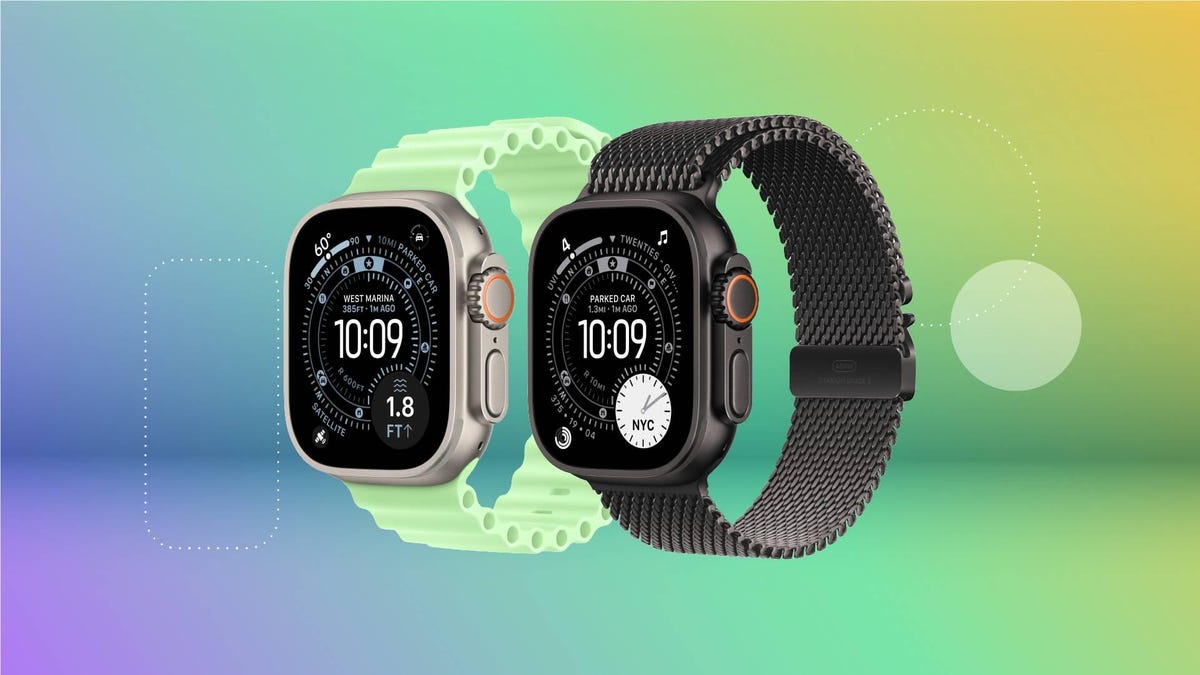
The Apple Watch Ultra 3 has only been on sale for a few weeks, but it’s already available for its first real discount. Getting one of the best smartwatches money can buy isn’t going to be cheap, but this deal saves you $99 off the usual asking price. But be warned, we don’t expect this early Black Friday deal to last long.
The result? You’ll pay just $700 for your new Apple Watch Ultra 3, with a couple of colors and band combinations available. These prices often fluctuate, so we suggest checking out all available pairings before placing your order. Apple Watch Ultra 3 deals are likely to come and go quickly.
All Apple Watch Ultra 3 models come with cellular modems inside so you can connect them to your carrier — assuming it supports the Apple Watch’s eSIM. That’ll allow you to stay connected even when you don’t have your iPhone with you.
Hey, did you know? CNET Deals texts are free, easy and save you money.
The Apple Watch Ultra 3 comes in a large 49mm size, so it’s easy to read. Despite that huge display, Apple Watch Ultra 3 owners can expect long-lasting battery life. In fact, the Apple Watch Ultra 3 can run for up to 42 hours in normal mode and a whopping 72 hours in its low-power mode.
This being an Apple Watch, it comes with all of the usual health and fitness monitoring features, as well as sleep tracking. It can monitor your heart rate, track your progress thanks to its precise dual-frequency GPS, and do a whole lot more.
If the standard Apple Watch models can’t quite live up to your busy, active lifestyle, this is the model for you. Be sure to order your new smartwatch before this deal expires.
SMARTWATCH DEALS OF THE WEEK
-
$329 (save $100)
-
$200 (save $100)
-
$200 (save $100)
-
$500 (save $150)
Why this deal matters
The latest Apple Watch Ultra 3 is the best of its kind. It has a new display that’s designed to be easier to read and has an impressive battery life. It isn’t the cheapest smartwatch on the market, but if you want the best that Apple has to offer, now is the time to place your order — before this deal ends.
Looking for savings on other models? Check out all the best Apple Watch deals happening now.
Join Our Daily Deals Text Group!
Get hand-picked deals from CNET shopping experts straight to your phone.
By signing up, you confirm you are 16+ and agree to receive recurring marketing messages at the phone number provided. Consent is not a condition of purchase. Reply STOP to unsubscribe. Msg & data rates may apply. View our Privacy Policy and Terms of Use.
Technologies
Here’s the Best Time to Spot November’s Supermoon, the Brightest Moon of 2025
Does the moon look brighter and bigger? It’s not just you — here’s why this month’s supermoon is even more super.

November is a great month for skygazers, featuring a trio of meteor showers and the return of the northern hemisphere winter constellations. This week, it also features the second of four consecutive supermoons. This month’s supermoon will happen on Nov. 4-5, and November’s beaver moon is special because it’ll be the brightest full moon of 2025.
Don’t miss any of our unbiased tech content and lab-based reviews. Add CNET as a preferred Google source.
In addition to being a supermoon, November’s full moon is known as the beaver moon. There is some debate as to why it was named this way. Some believe that this was the best time of year in the old days to set beaver traps to get pelts for winter clothing. Others believe that it coincides with the busiest part of the year for beavers, who are now stocking their lodges with supplies for the upcoming winter.
The brightest supermoon: When’s the best time to see it?
The moon will reach peak illumination at 8:19 a.m. ET on Nov. 5, making the evening of Nov. 4 and the morning of Nov. 5 the best times to view the moon.
Since moon phases shift slowly, the moon will appear almost full for nearly a week. If you are unable to view the full moon on its best night due to weather or other reasons, you can still see a mostly full moon at any point from Nov. 3 to Nov. 8.
For all of those days, the moon will be measurably brighter in the night sky compared to any other full moon in 2025. The reason for this is because of the moon’s elliptical orbit. Since it’s not a perfect circle, the moon’s 27.3-day journey around the Earth brings it closer to us on some days, a phenomenon known as perigee. If there is a full moon during this time, it’s branded as a «perigean full moon,» which you may know better as a supermoon.
Not all supermoons are equal, and November’s will be a little more special than others. According to The Farmer’s Almanac, the beaver moon will be a scant 221,817 miles away from Earth, making it the closest full moon of the year. That means it’ll be the biggest and brightest of the year.
In practice, the differences are fairly minor and likely won’t be visible to the naked eye when compared side by side to other supermoons. A supermoon is only about 7% larger than a regular full moon. According to NASA, the biggest difference is when comparing a supermoon to a micromoon, where a supermoon will be about 14% larger and 30% brighter. So, if you notice that your backyard patio is lit up more than usual, it’s because of the supermoon.
Also due to the moon’s orbit, November will also bring a micro new moon, which means the moon will be as far away from the Earth as it can get — a phenomenon known as apogee. November’s new moon occurs on Nov. 20, but you won’t be able to see it.
-

 Technologies3 года ago
Technologies3 года agoTech Companies Need to Be Held Accountable for Security, Experts Say
-

 Technologies3 года ago
Technologies3 года agoBest Handheld Game Console in 2023
-

 Technologies3 года ago
Technologies3 года agoTighten Up Your VR Game With the Best Head Straps for Quest 2
-

 Technologies4 года ago
Technologies4 года agoVerum, Wickr and Threema: next generation secured messengers
-

 Technologies4 года ago
Technologies4 года agoBlack Friday 2021: The best deals on TVs, headphones, kitchenware, and more
-

 Technologies4 года ago
Technologies4 года agoGoogle to require vaccinations as Silicon Valley rethinks return-to-office policies
-

 Technologies4 года ago
Technologies4 года agoOlivia Harlan Dekker for Verum Messenger
-

 Technologies4 года ago
Technologies4 года agoiPhone 13 event: How to watch Apple’s big announcement tomorrow
